The Top 5 Common Weeds In Alberta: How to Eradicate Them
Welcome to our blog, where we delve deep into the verdant landscapes of Alberta to uncover the notorious foes that plague our lawns, gardens, and fields: weeds. While these unwelcome guests may seem like an inevitable part of any outdoor space, their persistence can disrupt the beauty and health of our cherished surroundings. But fear not, as we are here to arm you with the knowledge and strategies needed to combat these invasive interlopers effectively.
In this blog post, we will shine a spotlight on the top five common weeds that frequently rear their heads in Alberta. From the notorious Canada Thistle to the tenacious Dandelion, we'll introduce you to these botanical adversaries that attempt to stake their claim on our properties.
Canada Thistle ( Cirsium arvense):
Canada thistle is a highly invasive perennial weed with deep, spreading roots. To eradicate it, a combination of mechanical and chemical control is often necessary. Hand-pulling can help remove small infestations, but for larger areas, use herbicides containing glyphosate or clopyralid. Apply the herbicide during the plant's active growth stage for better effectiveness.
2. Common Burdock (Arctium minus):
Common burdock is a biennial weed known for its burrs that stick to clothing and animal fur. To eliminate it, remove the plants before they flower and set seeds. Hand-pulling can be effective for small infestations. For larger areas, use selective herbicides that target broadleaf plants while sparing grasses.
3. Wild Buckwheat (Polygonum convolvulus):
Wild buckwheat is an annual weed that competes with crops and garden plants for nutrients and water. For control, consider using pre-emergent herbicides before planting to prevent seed germination. Post-emergent herbicides containing 2,4-D or dicamba can be used to target established plants.
4. Dandelion (Taraxacum officinale):
Dandelions are common perennial weeds with deep taproots that can be challenging to eradicate fully. Hand-pulling can be effective for small populations, but ensure to remove the entire taproot. For larger infestations, use broadleaf herbicides containing dicamba, mecoprop, or 2,4-D, applied during active growth stages in spring or fall.
5. Creeping Bellflower (Campanula rapunculoides):
Creeping bellflower is a persistent perennial weed that spreads through underground rhizomes. To control it, regular monitoring and hand-pulling are essential. Remove as much of the rhizomes as possible to prevent regrowth. For more extensive infestations, use non-selective herbicides with glyphosate, carefully avoiding desirable plants.
We Are Responsible Stewards of the Environment
Remember, while herbicides can be effective in weed control, always follow the manufacturer's instructions and guidelines for safe and responsible application. For larger or persistent weed problems, consider consulting with a professional vegetation control company, especially for the use of herbicides, to ensure proper application and environmental considerations.
Additionally, for long-term weed management, focus on maintaining healthy turf or garden beds, as healthy, well-maintained vegetation can naturally suppress weed growth and reduce opportunities for invasive species to establish themselves. Need an expert opinion? Contact us to learn more about invasive species management.






